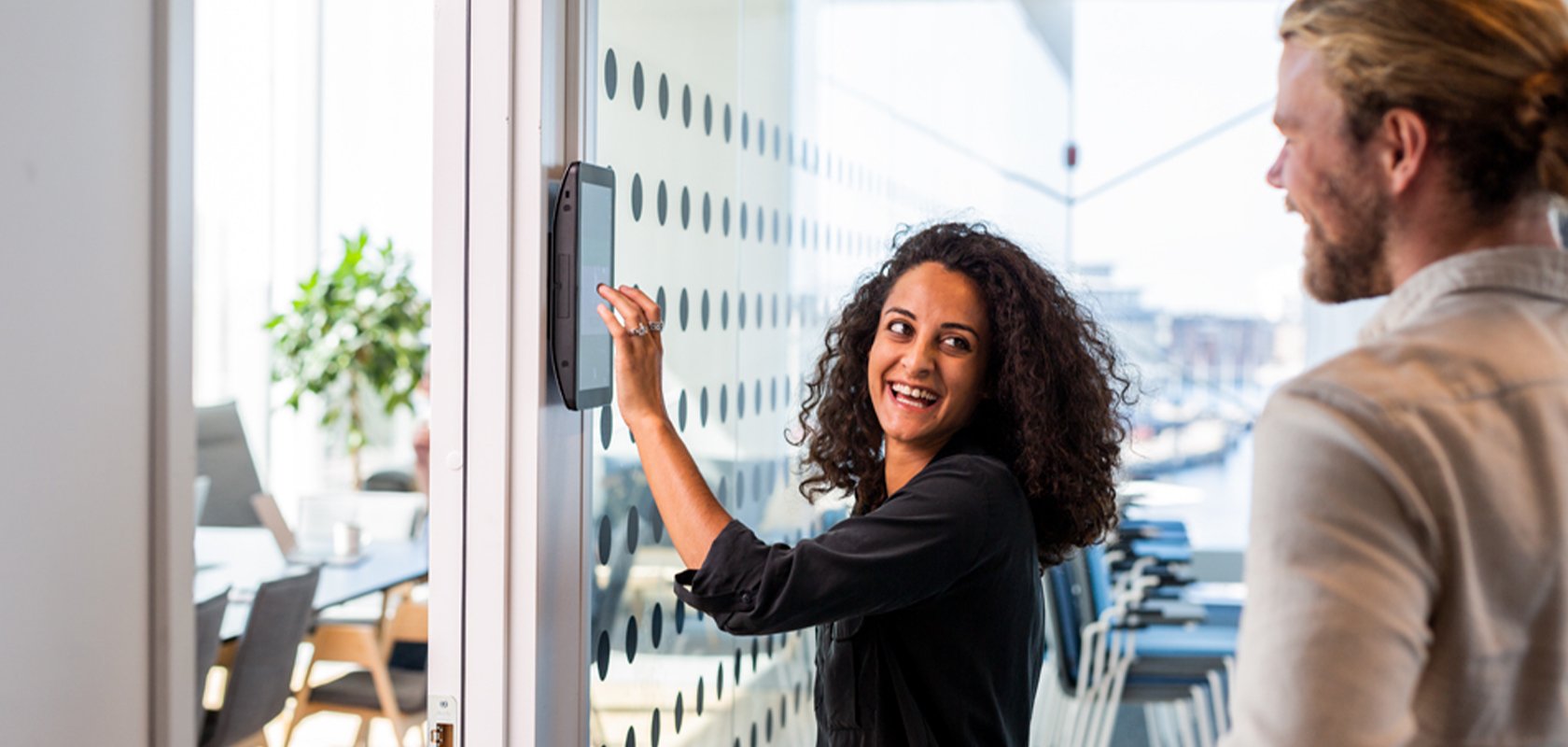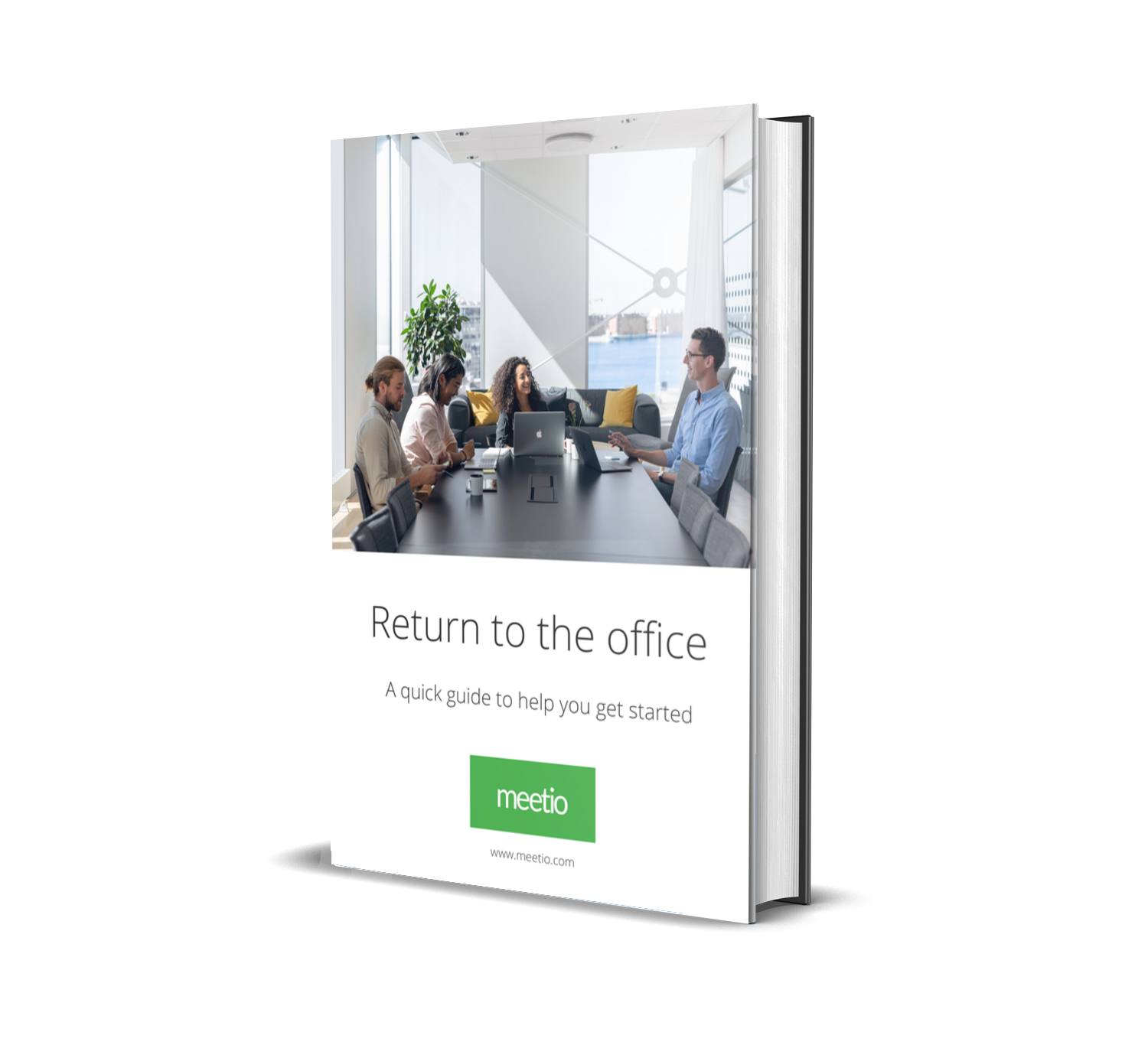
The flexible workplace is here to stay. But what does flexibility really mean in practice? We asked Karin Ståhl, CEO of GoToWorks, for help.
Karin Ståhl lives and breathes workplace development. She started GoToWork in 2013 and is one of Sweden’s leading specialists in workplace strategy, change management and project management. We think she isa perfect candidate to ask for guidance about the future of the workplace.
Flexibility is a key term for the future workplace. How do you think it will manifest in reality?

Changes in flexibility in the workplace should be viewed holistically. We need to understand that work is not something you just “go to”. We should view the workplace from the perspectives of Man, Place and Technology. By flexibility, we mean that the workplace should be adaptable when it comes to layout changes and refurnishingHowever, the workplace also needs the ability to be flexible over time, over the day, and between activities and assignments.
We humans need to adapt to this as well, otherwise we can forget about achieving flexibility. We want our workplaces to be not just functional but inspiring as well. This applies to both the physical and digital workplace, i.e. “the digilogue workplace”.
You have been in the workplace business for a long time. How do you think the concept of the workplace and its function has changed during the past year?
Only half a year ago (before the pandemic), the attitude towards the workplace was quite sluggish and the demands were pretty low. Functionality has always been on the agenda, but our attitude has changed. Modern day demands include aesthetics, economy and ergonomics.
The new workplace must meet the needs of those who work there in order to achieve a higher degree of employee satisfaction. The problem is business leaders haven’t always dared to take the final step. The common mindset is we know what we have but we don’t know what will happen if we change course. Therefore many companies remain stagnant. That mindset stops the workplace from becoming the powerful management tool it really can be.
The last six months have helped us to widen our view of the possibilities that come with digitalization. There’s a long way to go before old analog working methods are phased out completely.
What do you think is the most important for companies and organizations to bring into the change process?
Several months of trial and error have passed since of the beginning of the world’s largest organizational experiment. Future change management needs to be mindful of what we’ve learned from this period. There’s no one-size-fits-all solution. Workplace strategists must be especially vigilant during this return to the office-transition.
Increased remote work has accelerated use of digital tools, awareness of ergonomics, and individual ability to focus. We are seriously testing our own abilities and limits. Human perspective is everything in the planning process.
Thank you for very insightful answers, Karin. Do you agree or do you have other thoughts? Please leave a comment!
Download our free guide – checklist included.

These Stories on Workplace design
Meetio AB/Logitech Nordics AB
Hamngatan 4
211 22, Malmö
Sweden
Magnus Ladulåsgatan 3
SE-118 65 Stockholm
Sweden
Sweden: +46-(0)10-101 95 60
No comments yet
Let us know what you think!